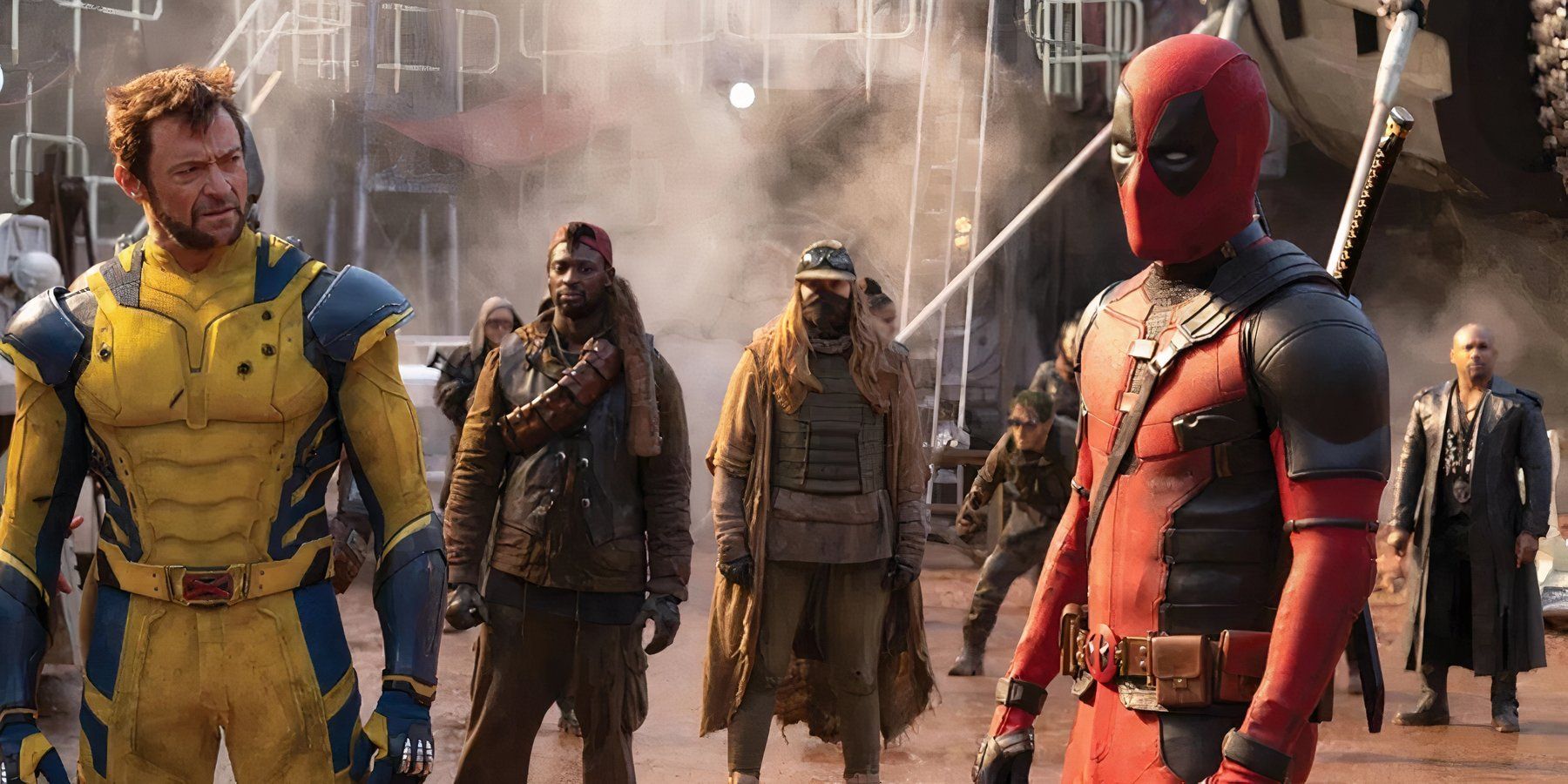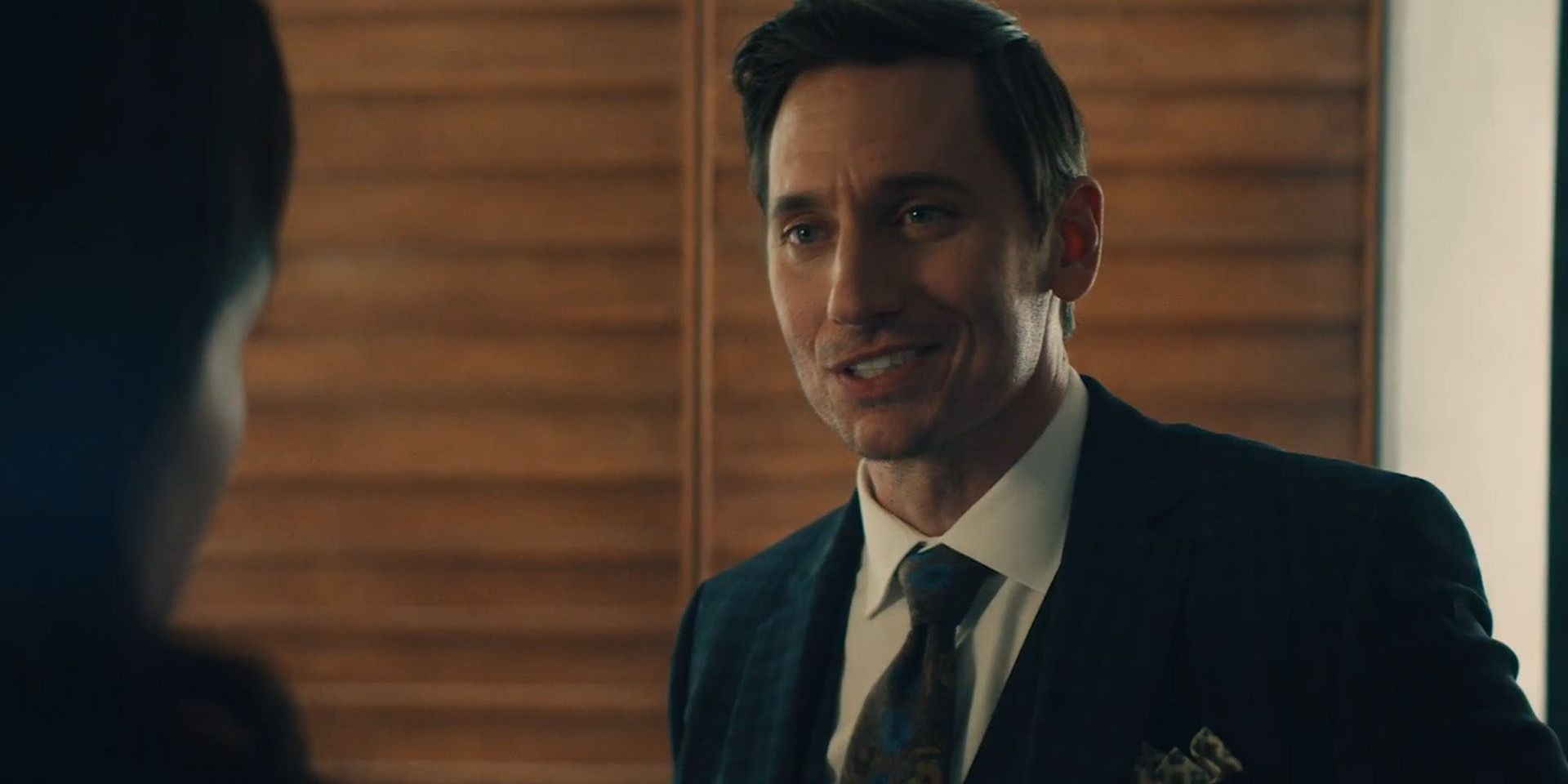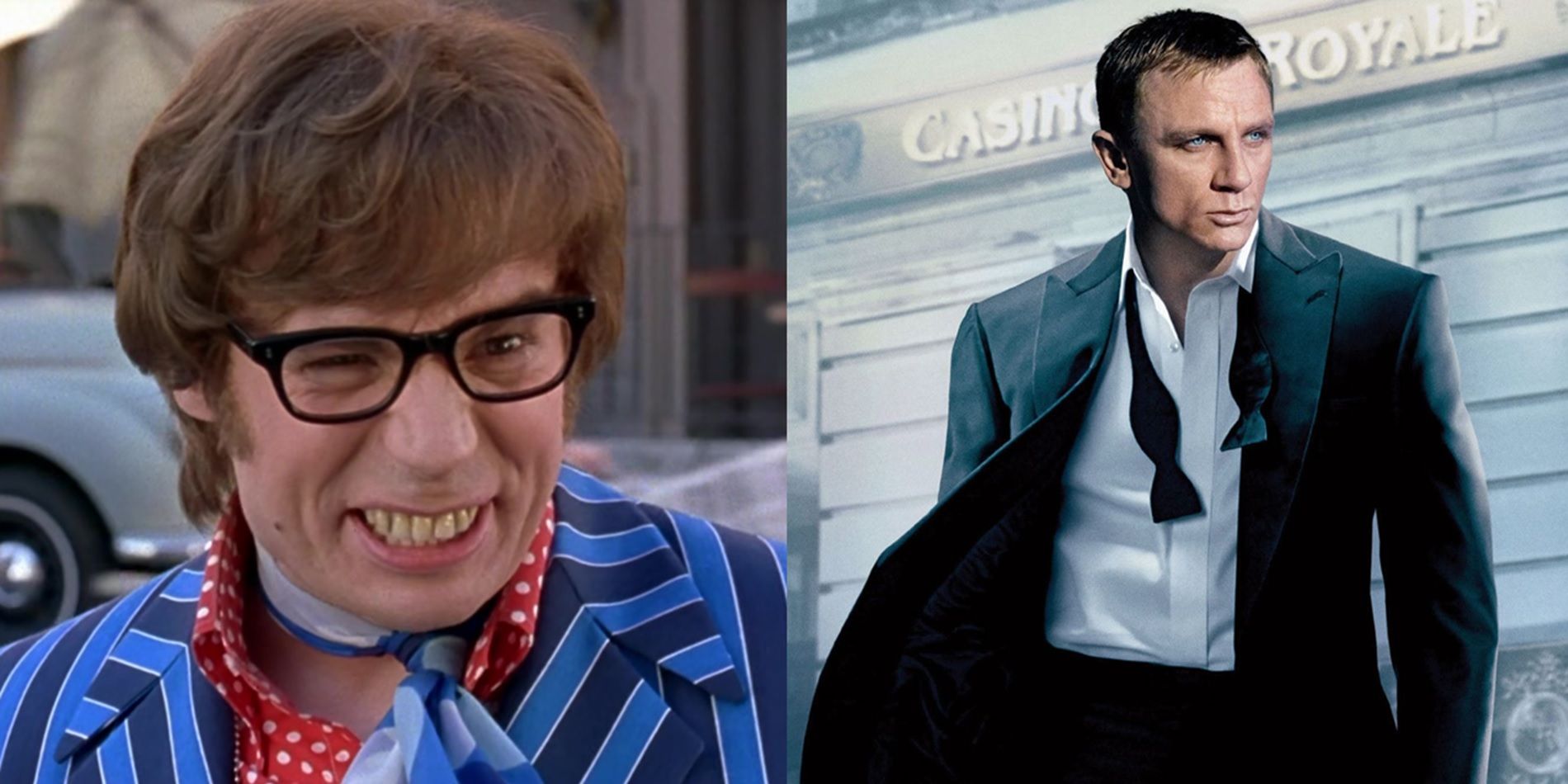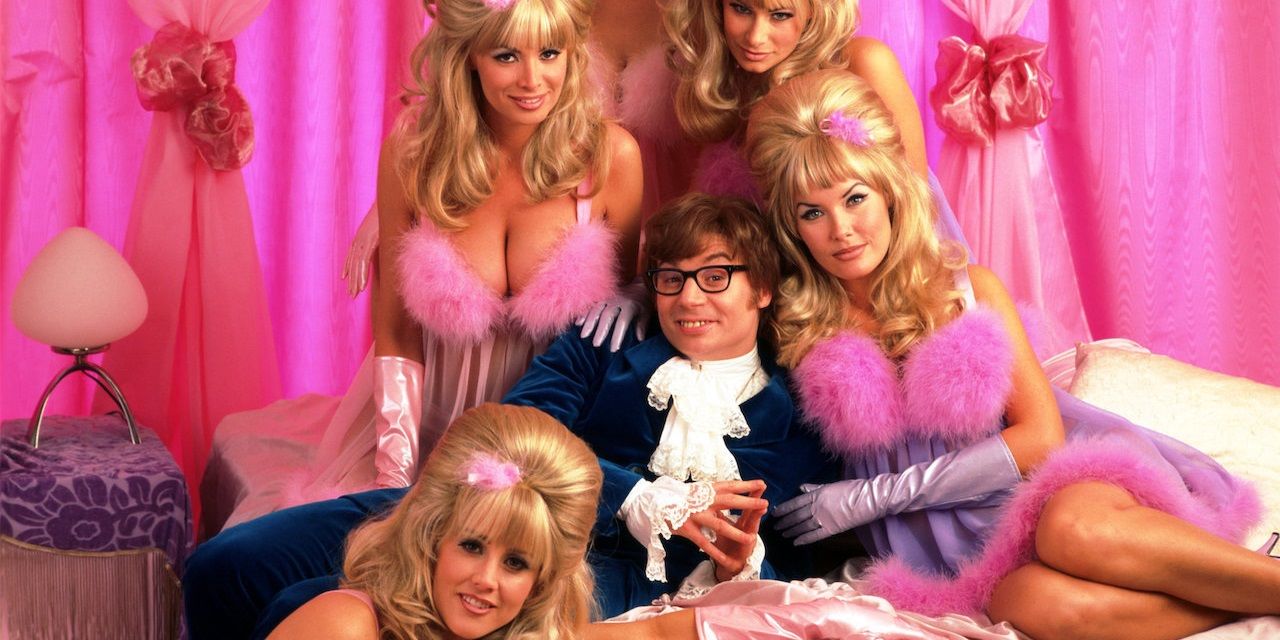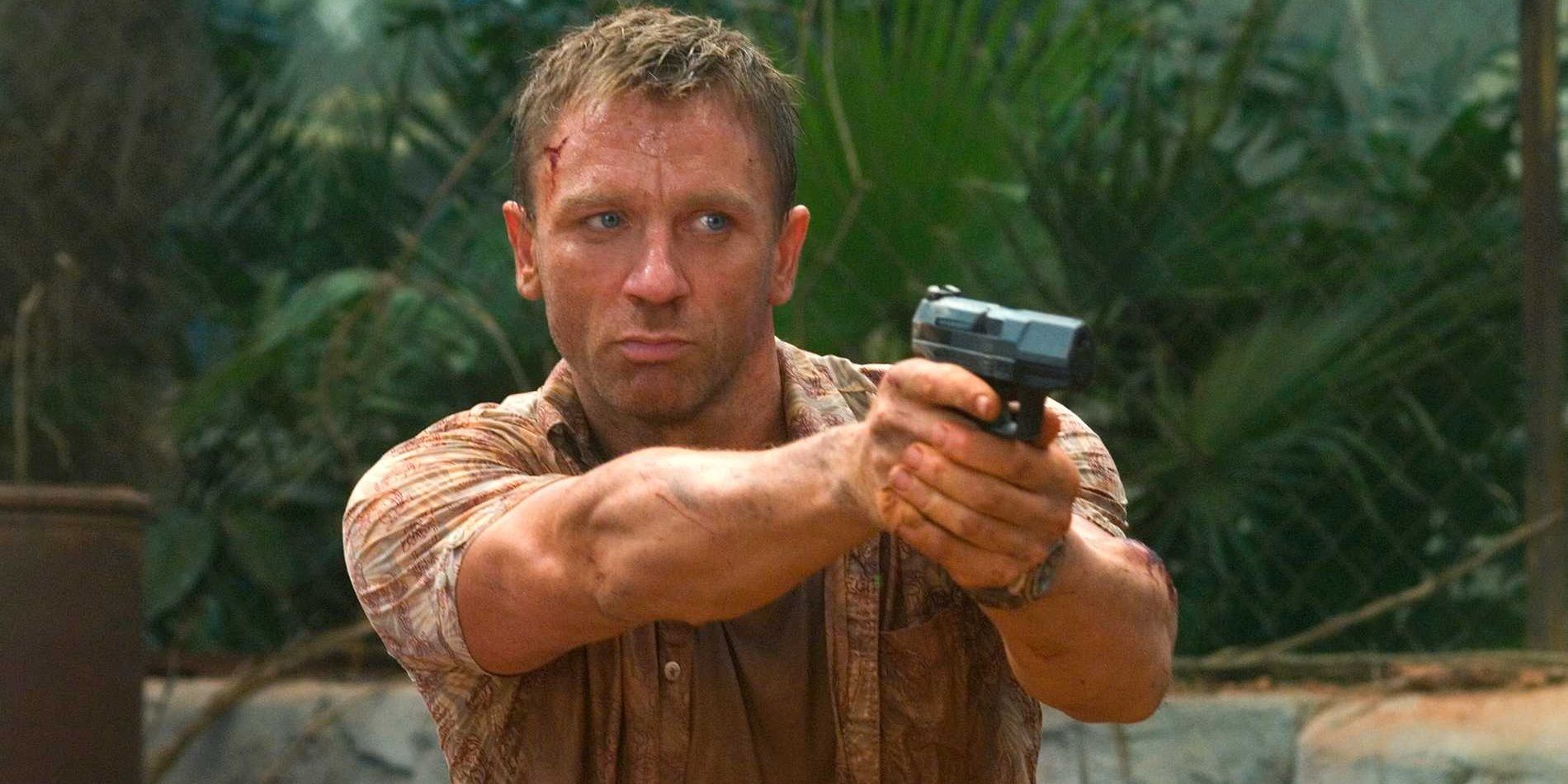In theory, the James Bond franchise should’ve grown stale a long time ago. Its tropes and plot devices are relics of the 1960s, it’s been around for more than half a century, and rather than building on existing narrative threads, each movie is an episodic installment following more or less the same formula. But thanks to the flexibility of that formula and the creativity of a handful of filmmakers with a vested interest in 007, it’s managed to stay afloat for decades and it doesn’t look like it’s slowing down any time soon. Daniel Craig’s final film in the role of Bond, No Time to Die, is one of the most highly anticipated upcoming blockbusters, and fans can’t wait to see who will take on the role next.
But that’s not to say that there haven’t been a few bumps in the road. An aging Roger Moore’s hypercamp efforts from the ‘80s were heavily criticized, and the subsequent darker entries starring Timothy Dalton were met with such a mixed response that it threatened to kill the franchise altogether. The series got back on track with the introduction of Pierce Brosnan’s 007 in 1995’s GoldenEye, a movie that managed to uphold the traditions of Bond films while modernizing all the outdated clichés.
Unfortunately, just two years after GoldenEye saved the Bond franchise, the release of Austin Powers: International Man of Mystery put it back in jeopardy. The absurdist Mike Myers classic mixes an affection for ‘60s swinging culture with a sharp satire of the Bond movies. Myers’ deconstruction of the Bond formula was so spot-on that it made it impossible to take 007 seriously again. The movie pointed out the ineffectualness of evil as a business tool, the ridiculousness of romantic interests with on-the-nose sexual puns for names, and the fact that every henchman has a life outside their work with friends and family who love them.
The Brosnan era doubled down on the silliness, but it resulted in some of the worst Bond movies ever made. Storylines like a media mogul starting World War III so he can have exclusive coverage of the conflict and set pieces like 007 surfing on a giant tidal wave only seemed to prove the Austin Powers films’ point that the Bond movies are way too ludicrous to be taken seriously.
As audiences fell out of love with Bond and the popularity of Myers’ satirical caricature continued to rise, the 007 producers realized they would need to radically revamp the franchise – even more than they did with GoldenEye – if it was going to survive post-Austin Powers (and, to a lesser extent, post-Bourne). So, they cast Daniel Craig in Casino Royale, a gritty reboot that brought a strikingly realistic edge to the proceedings. The fights are brutal and messy, Bond is young and inexperienced and therefore prone to ugly mistakes, and instead of signing off with a quippy one-liner after killing two guys, Bond just comforts his traumatized love interest.
Craig has since directly credited the Austin Powers franchise with the gritty tone that Casino Royale brought to the table. In a 2012 interview with MI6-HQ.com, the world’s most visited unofficial Bond site, Craig said that in making Casino Royale, “We had to destroy the myth because Mike Myers f*cked us. I am a huge Mike Myers fan, so don’t get me wrong, but he kind of f*cked us.” According to Craig, the Austin Powers movies’ pitch-perfect lampooning of the Bond series’ traditions “made it impossible” to continue to honor those traditions.
To the Bond producers’ credit, they seriously stepped up their game in response to the Austin Powers franchise’s lighthearted barbing. From its opening action scene full of breathtaking parkour stunts to its climactic set piece in which the building Bond is in sinks into a river, Casino Royale is a rollicking action-packed cinematic ride. Mads Mikkelsen’s haunting portrayal of Le Chiffre made for one of the series’ most memorable villains, while Eva Green’s Vesper Lynd is a complex character with plenty of agency as opposed to a one-dimensional sex object like most previous Bond girls.
After Casino Royale boldly left all the traditions behind, the Bond franchise has since begun to reintroduce familiar elements to play on fans’ nostalgia. The first movie to nail the balance between Casino Royale’s visceral edge and the campness of classic Bond is Sam Mendes’ Skyfall, which retained the hard-hitting violence and unsettling villain of Craig’s 007 debut but brought back the one-liners and the death-defying action and the Aston Martin DB5.
Unfortunately, in Spectre, that tone was off again. With any luck, No Time to Die can nail it like Skyfall did. Much like Star Wars, Bond is a franchise with a very specific tone that’s difficult to get right. It’s tough to outline exactly what Star Wars feels like, or what Bond feels like, but it’s obvious when it’s wrong. For Bond movies, there’s also the added challenge of keeping up with modern sensibilities, which is tricky when the movies are a common target for parody.

